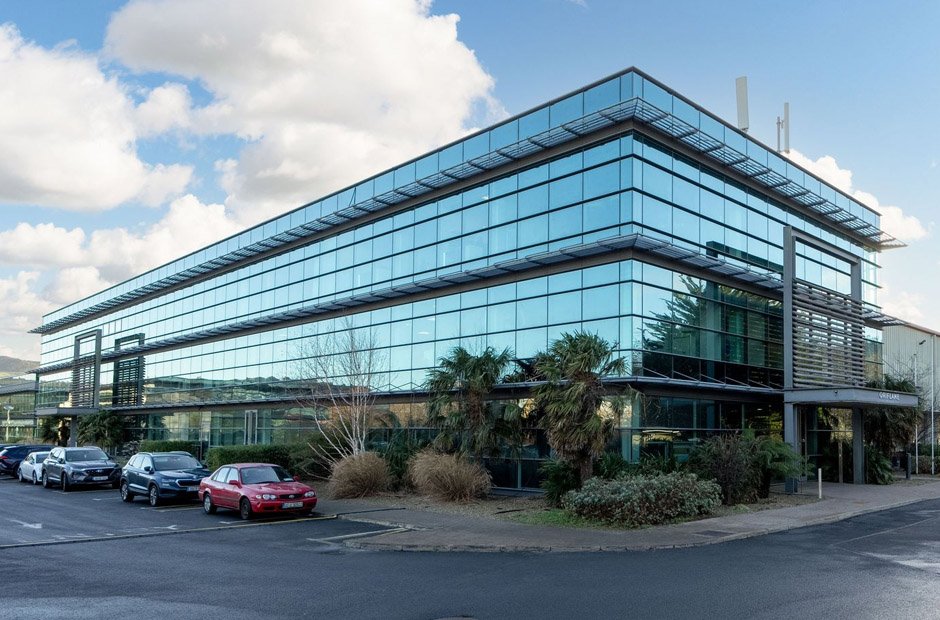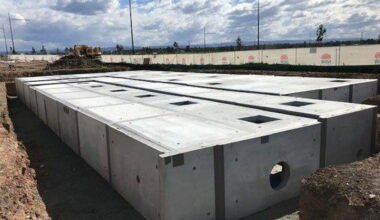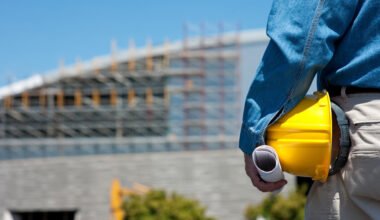When developing or upgrading a commercial building, ensuring it’s properly equipped is more than a matter of aesthetics—it’s crucial for functionality, safety, and long-term success. A fully equipped commercial space not only serves the needs of its tenants but also helps attract high-quality occupants, improve operational efficiency, and comply with regulatory standards.
Whether you’re managing a new build or retrofitting an older property, here are the must-have features that every commercial building should include.
1. Reliable HVAC Systems
Maintaining a comfortable indoor climate is crucial for any commercial setting. A dependable HVAC (Heating, Ventilation, and Air Conditioning) system plays a key role in providing consistent comfort for employees, clients, and customers throughout the year. It also improves indoor air quality, controls humidity, and helps prevent issues like mold growth.
Modern HVAC setups—especially those with smart thermostats—offer energy-efficient temperature control and remote monitoring capabilities, making them a smart investment. For businesses in the area, professional furnace installation in Midvale ensures your heating system is properly set up to handle colder months efficiently. To keep everything running smoothly, regular maintenance is essential for long-term performance and reliability.
2. High-Speed Internet and Technology Infrastructure
In today’s digital world, a robust IT infrastructure is non-negotiable. Commercial buildings must support high-speed internet access, secure Wi-Fi, and ample wiring or fiber-optic cabling for tenant needs. Data ports, server rooms, and redundancy plans (like backup internet connections) are also valuable additions.
Equipping the building with smart technology—including building management systems, IoT-enabled sensors, and automated lighting or climate controls—can boost efficiency and reduce costs over time.
3. Adequate Electrical Capacity and Backup Power
A fully equipped commercial property must have adequate electrical capacity to handle the needs of its tenants. This includes modern wiring, sufficient outlets, and safety systems like circuit breakers and surge protection.
In case of outages, having a backup power solution such as a generator or battery backup system ensures that operations can continue without interruption. Emergency lighting is also essential for safety and regulatory compliance.
4. Fire Safety and Security Systems
Compliance with local fire codes is a legal requirement, but investing in comprehensive safety systems also protects your property and its occupants. This includes:
- Fire alarms and smoke detectors
- Fire suppression systems (e.g., sprinklers)
- Clearly marked emergency exits
- Fire extinguishers and emergency lighting
Security systems are equally vital. Surveillance cameras, controlled access systems, motion detectors, and on-site security personnel (if applicable) help protect against theft and ensure peace of mind for tenants and clients alike.
5. Efficient Plumbing and Sanitation Facilities
Clean and functional restrooms, kitchens, and plumbing are essential for a professional environment. Make sure your commercial building includes:
- High-efficiency fixtures (toilets, faucets, etc.)
- Adequate hot water supply
- Proper drainage and waste management systems
- Regular maintenance to avoid leaks or clogs
Touchless systems, such as automatic faucets and soap dispensers, are now considered standard in modern buildings due to hygiene concerns and improved convenience.
6. Accessibility Features
A fully equipped building must be accessible to all, including individuals with disabilities. Compliance with the Americans with Disabilities Act (ADA) or your country’s accessibility laws ensures your building is welcoming and legally up to code.
Key accessibility features include:
- Ramps and elevators
- Wide doorways and hallways
- Accessible restrooms
- Braille signage and auditory signals
- Parking spaces for individuals with disabilities
7. Sufficient Parking and Transportation Access
Tenants and their clients expect convenient and safe parking. A commercial building should offer adequate parking spaces, including designated spots for visitors and those with disabilities. Consider features such as:
- Well-lit parking lots or garages
- Bicycle racks
- EV charging stations
- Proximity to public transportation
Offering multiple commuting options adds value and encourages sustainable transportation habits.
8. Flexible Layout and Interior Design
A commercial building should offer flexible interior spaces that can be customized for various tenants or business needs. Modular walls, open-concept designs, and adjustable lighting help adapt the space to suit different industries.
Attractive finishes, soundproofing, and natural lighting enhance the overall tenant experience. Incorporating green materials or sustainable design features can also reduce energy costs and boost your building’s environmental credentials.
9. Energy Efficiency and Sustainability
Sustainable buildings are not only good for the planet—they’re also more attractive to modern businesses. Energy-efficient systems such as LED lighting, solar panels, low-flow plumbing fixtures, and high-efficiency windows reduce utility bills and carbon footprints.
Pursuing green certifications like LEED (Leadership in Energy and Environmental Design) can increase the market value of your property and appeal to eco-conscious tenants.
10. Compliance with Local Regulations
No commercial building is complete without ensuring full compliance with zoning laws, safety regulations, and industry-specific requirements. Regular inspections and consultations with professionals—engineers, architects, and legal advisors—can help identify and resolve potential issues before they become costly problems.
In Conclusion
Equipping a commercial building involves far more than just walls and wiring. From energy efficiency to accessibility, each feature plays a role in ensuring the building is functional, compliant, and appealing to tenants. By prioritizing these must-have components, you set the stage for long-term success and greater tenant satisfaction.
Whether you’re designing from the ground up or retrofitting an older property, these essential features will help transform your commercial space into a high-performing, future-ready facility.



